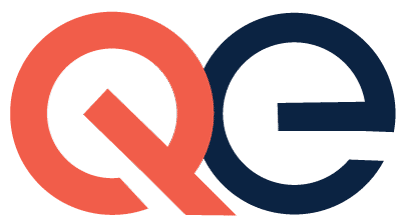A Quick Look
Universal design is an approach that ensures that any environment, whether it be schools, work, vocational rehabilitation, or the community broadly, is equally accessible for all — regardless of disability status. Due to technological advancement, COVID-19, the aging workforce, and emerging disability populations, there is both an increased urgency and capacity for implementing universal design in a number of settings. This article explores the impact of how COVID-19 has changed the way we do work, and offers specific ways in which universal design can be implemented and monitored to ensure maximum effectiveness and equal access for all.
Key Findings
- Universal design is design that is usable by all people, to the greatest extent possible, without the need for adaptation or specialized measures. Universal design is a systematic approach that makes products, resources, communications, and environments that are usable by the widest possible array of people.
- Benefits of universal design include larger numbers of jobs being completed in a broader range of settings; identification of workers’ preferences and needs — thus maximizing outcomes; decreased need for accommodations; lessening the stigma of disability; promoting an overall inclusive workplace; and economic advantages for employers.
- The importance of work is universal — one’s career is often the first point of discussion when meeting someone new, and employment is often the gold standard upon which we largely judge a person’s worth.
- COVID-19 has significantly disrupted the way we approach and complete work, as many people are working remotely or distantly.
- Currently, 26.4% of Americans live with a disability, and this percentage is expected to double within 20 years.
Putting It Into Practice
- Operate under the World Health Organization’s (WHO) International Classification of Functioning, Disability, and Health (ICF) and the Illinois Work and Well-Being Models (IW2M) when working with clients. These models promote a more holistic view of disability, particularly appreciating the limiting roles that one’s environment has on functioning and outcomes.
- Understand the principles and specific strategies for universal design to make our own profession more accessible, and also to work with employers to make their organization more diverse and accessible in areas of the physical work environment; workplace technologies and tools; and within work policies, communications, and safety processes.
- Integrate universal design in the pre-service classroom — such as high schools and colleges. This could mean using multiple means of engagement, using multiple means of representation, and multiple means of expression.
- Ensure that clients, or those with disabilities themselves, are consulted when implementing universal design strategies.
Learn More
- Center for Excellence in Universal Design
- Universal Design for Learning to Support Remote Learning webinar
Source
Sheppard-Jones, K., Goldstein, P., Leslie, M., Singleton, P., Gooden, C., Rumrill, P., Mullis, L., Espinosa Bard- C. (2021). Reframing workplace inclusion through the lens of universal design: Consideration for vocational rehabilitation professionals in the wake of COVID-19. Journal of Vocational Rehabilitation. (54) 1, 71-79. DOI: 10.3233/JVR-201119.
Contact a Vocational Rehabilitation Technical Assistance Center for Quality Employment expert at: contact@tacqe.com
Research Summary: Re-framing Workplace Inclusion Through the Lens of Universal Design (word)

